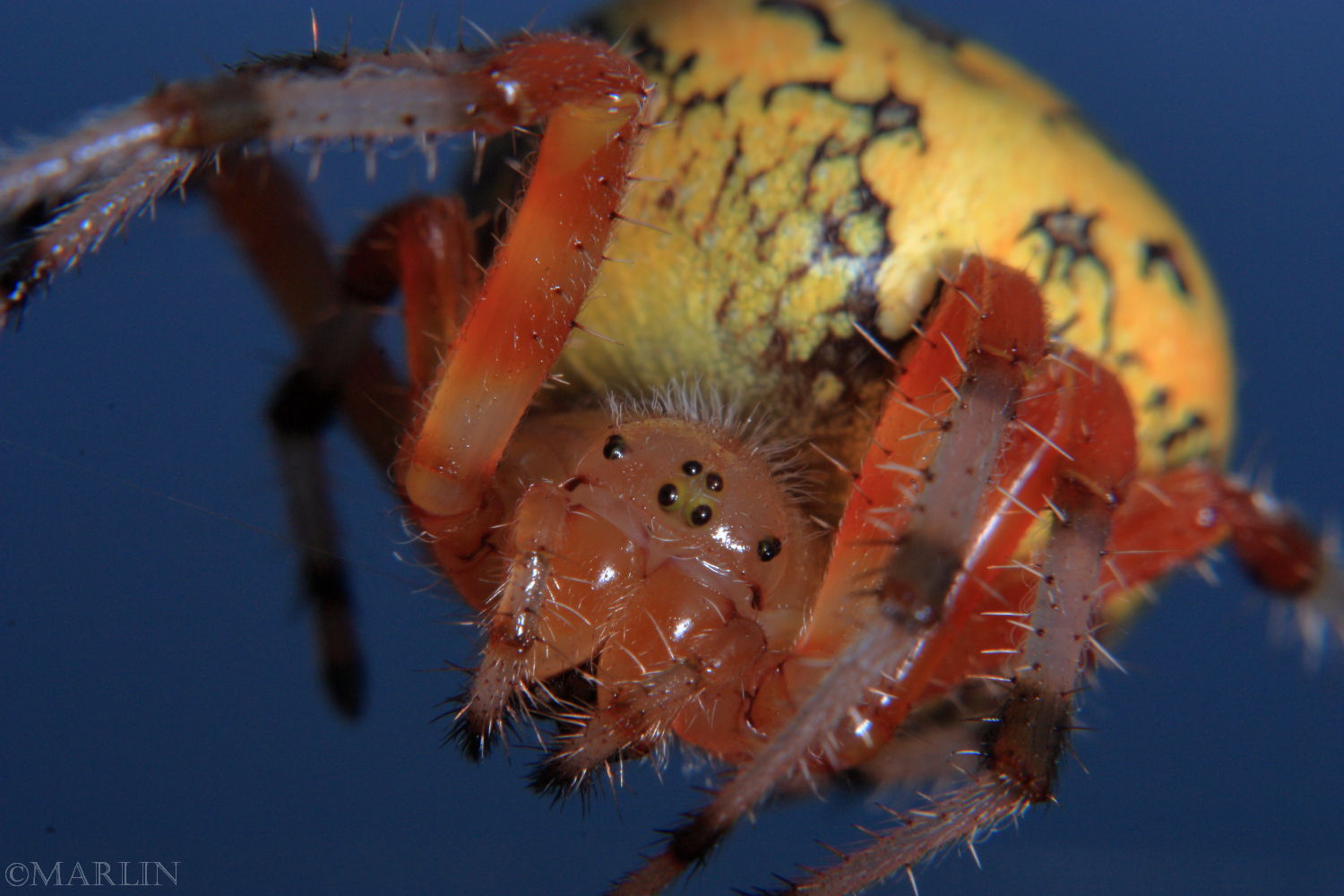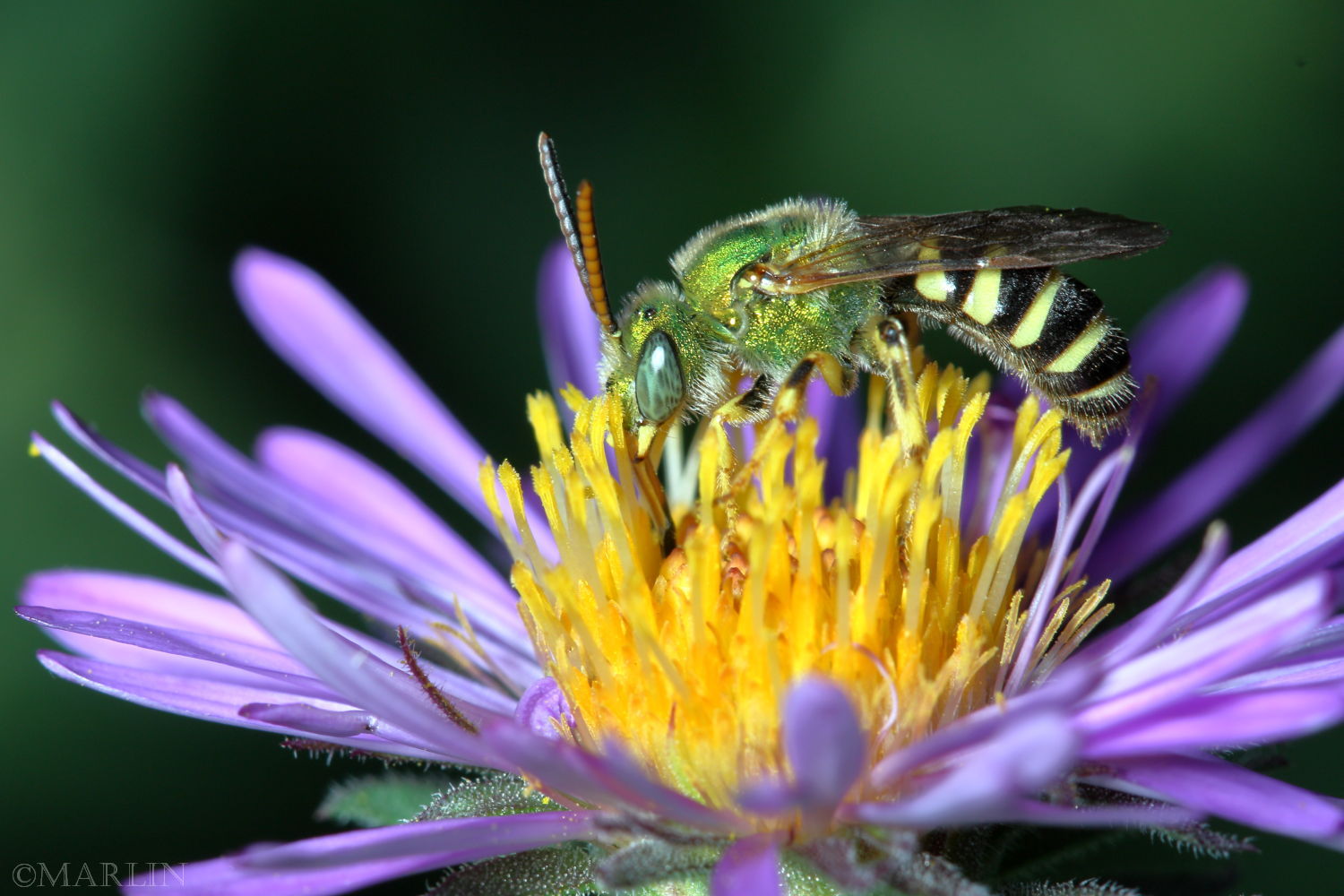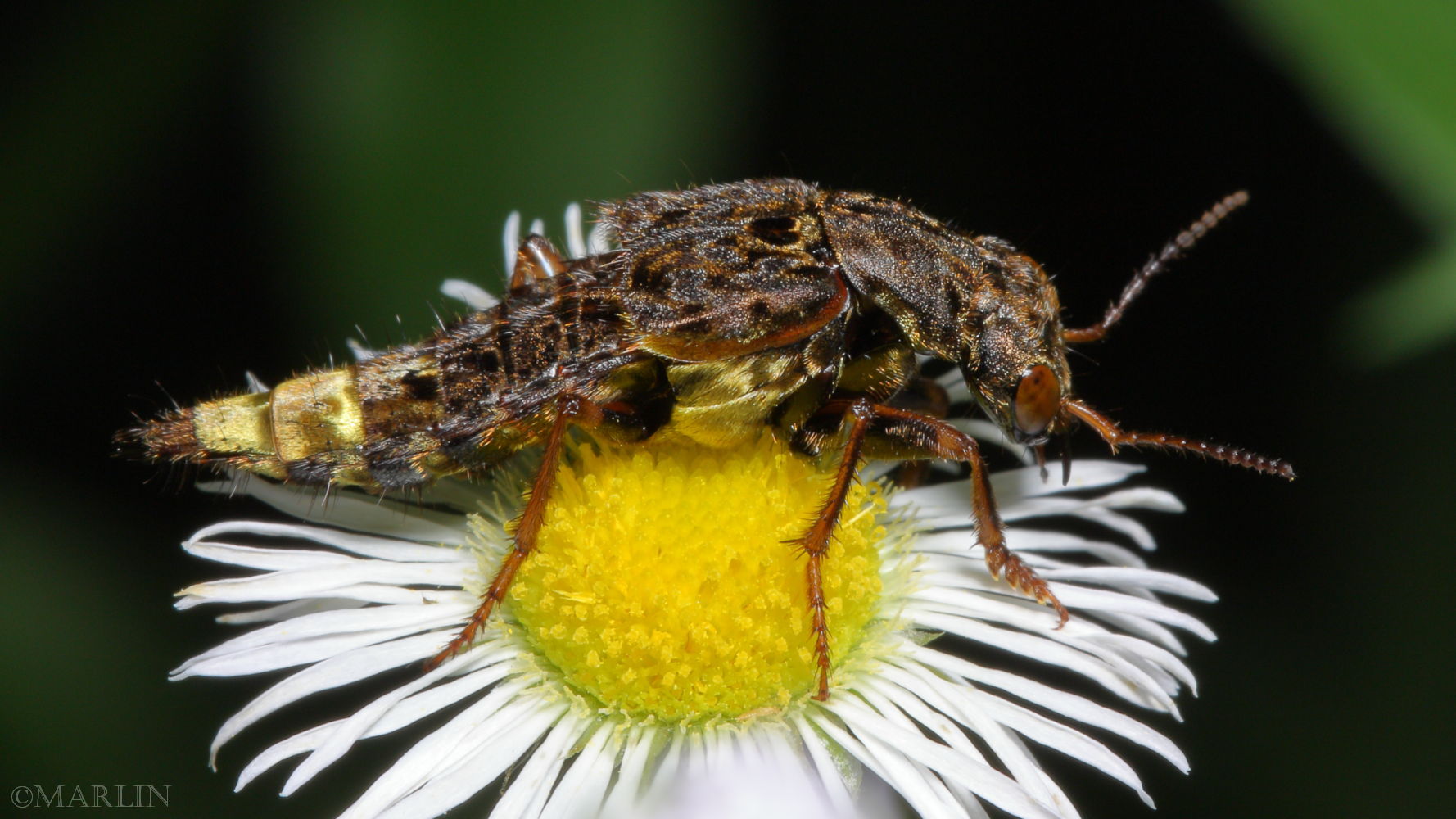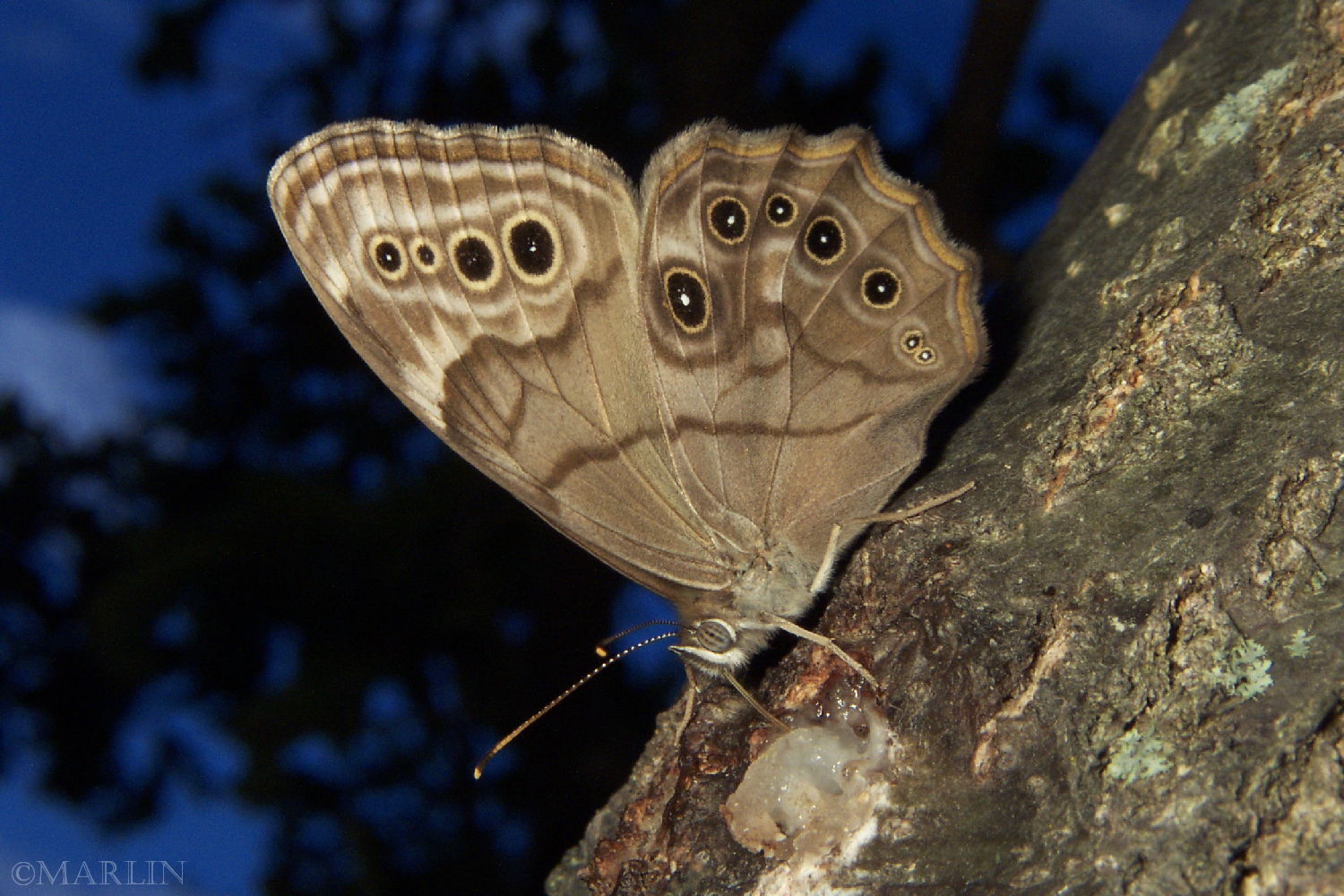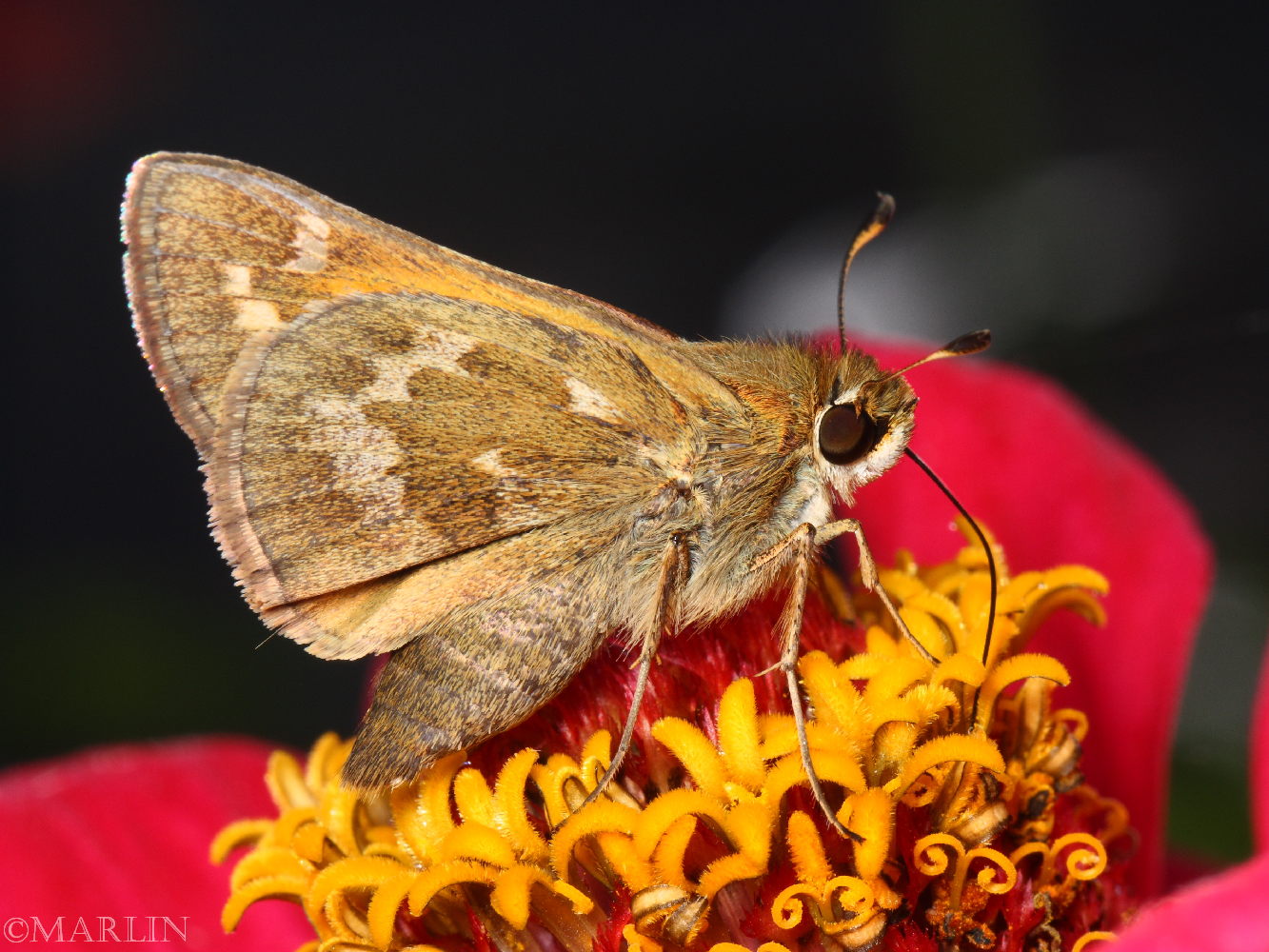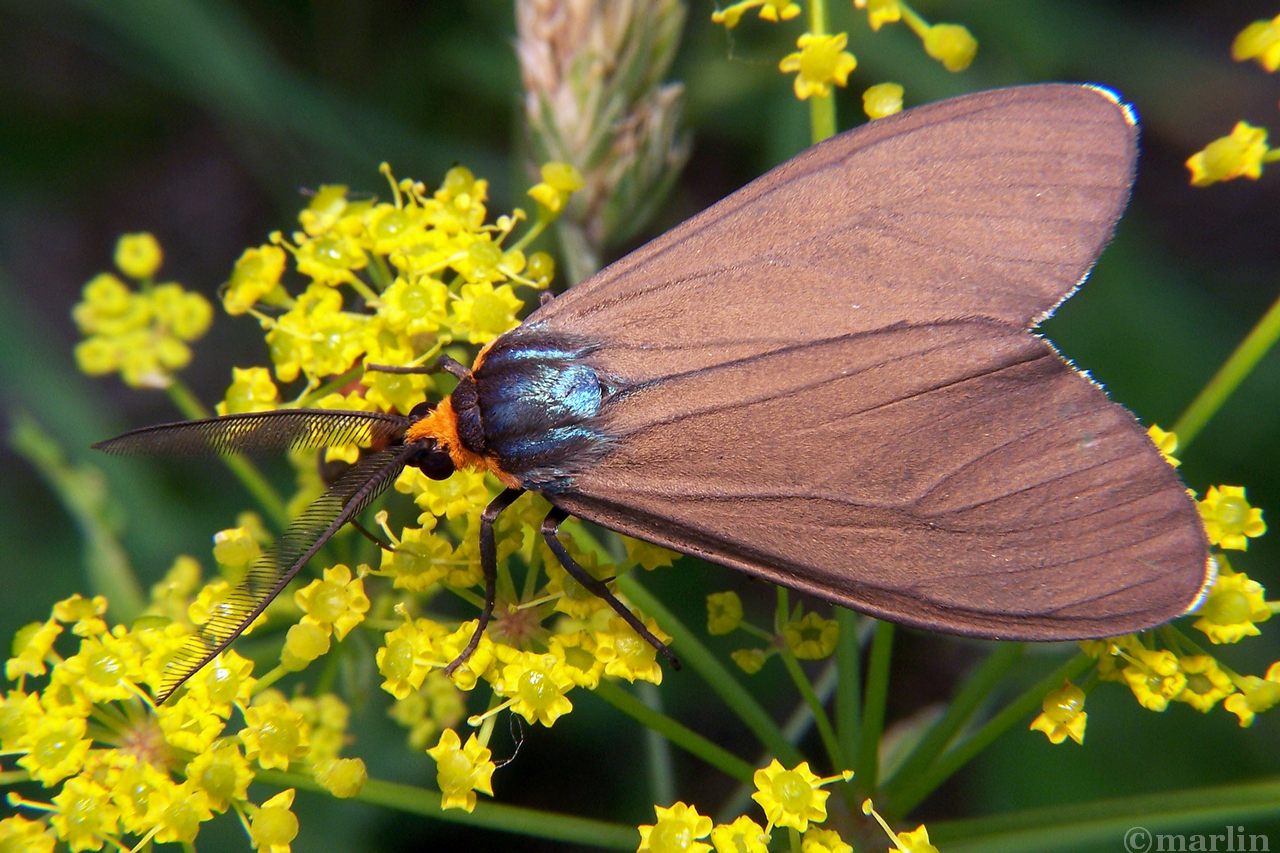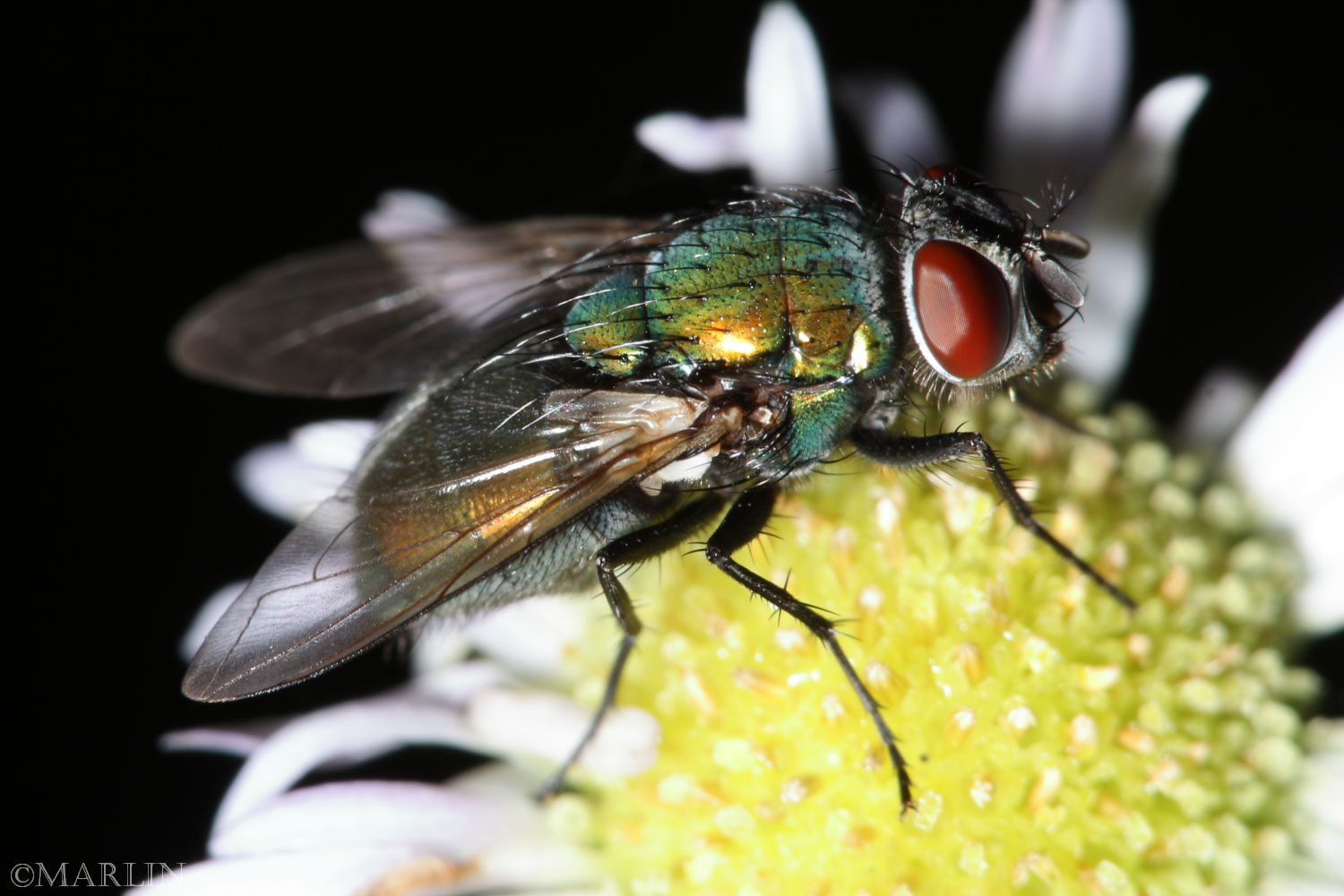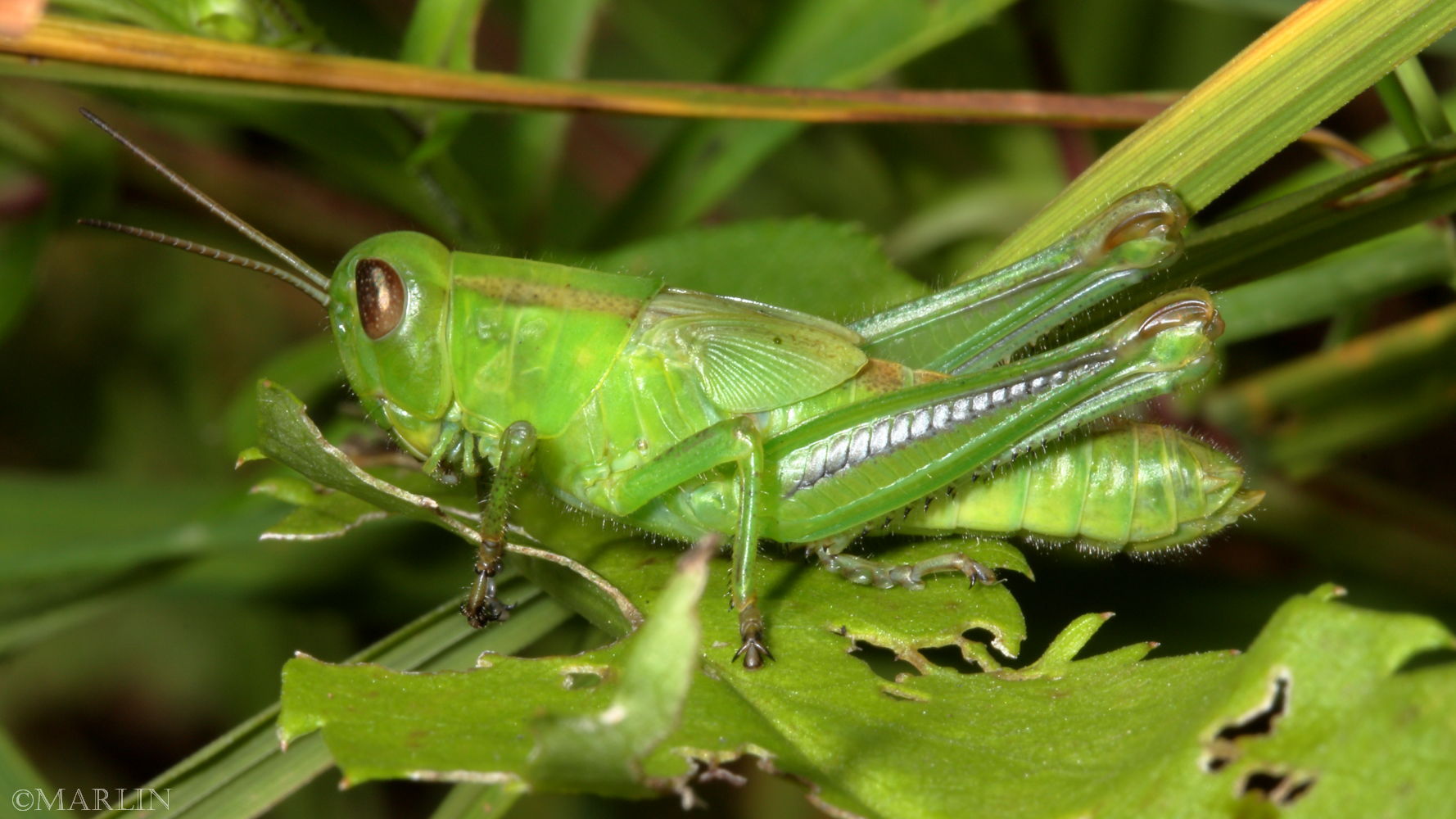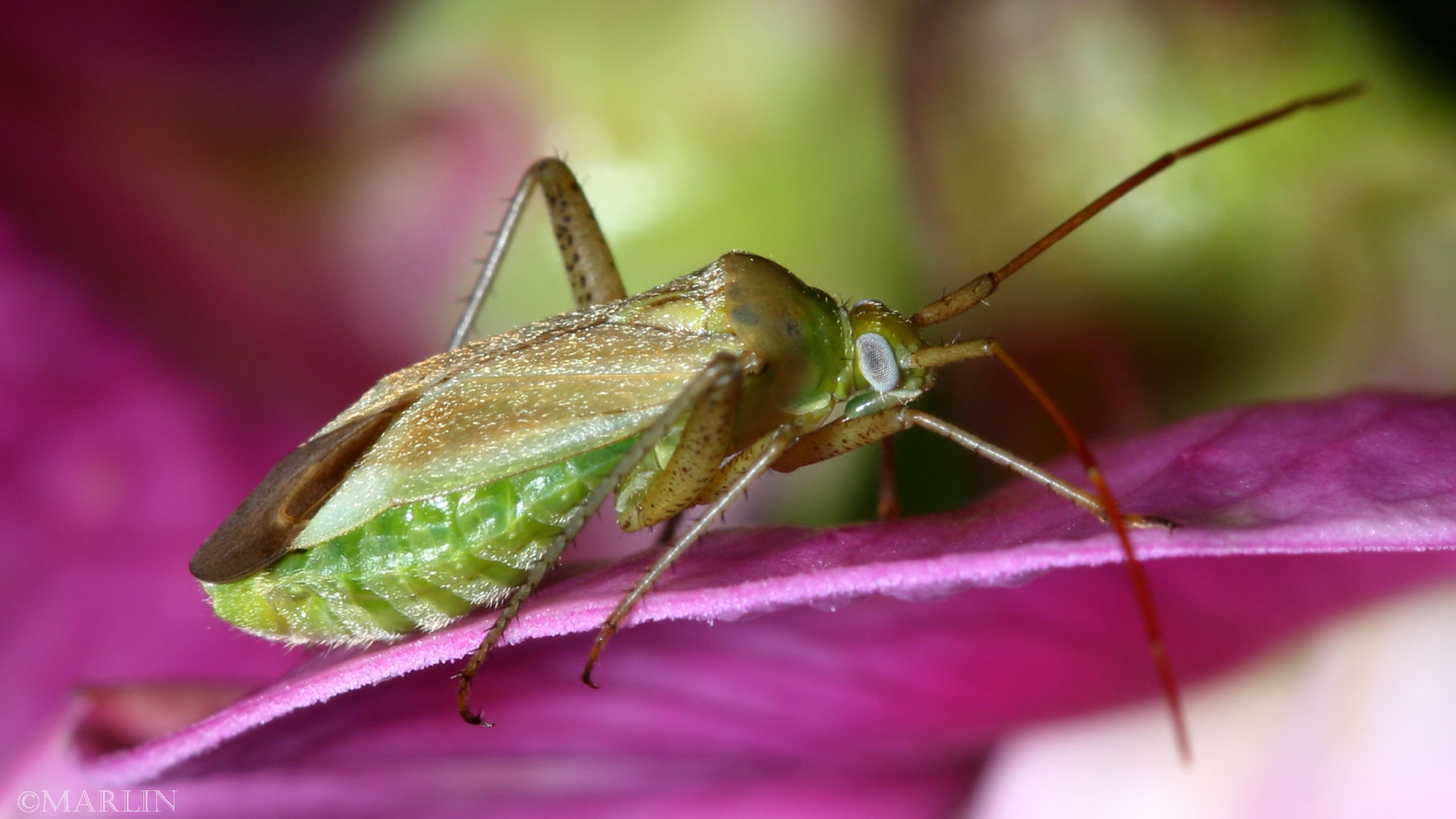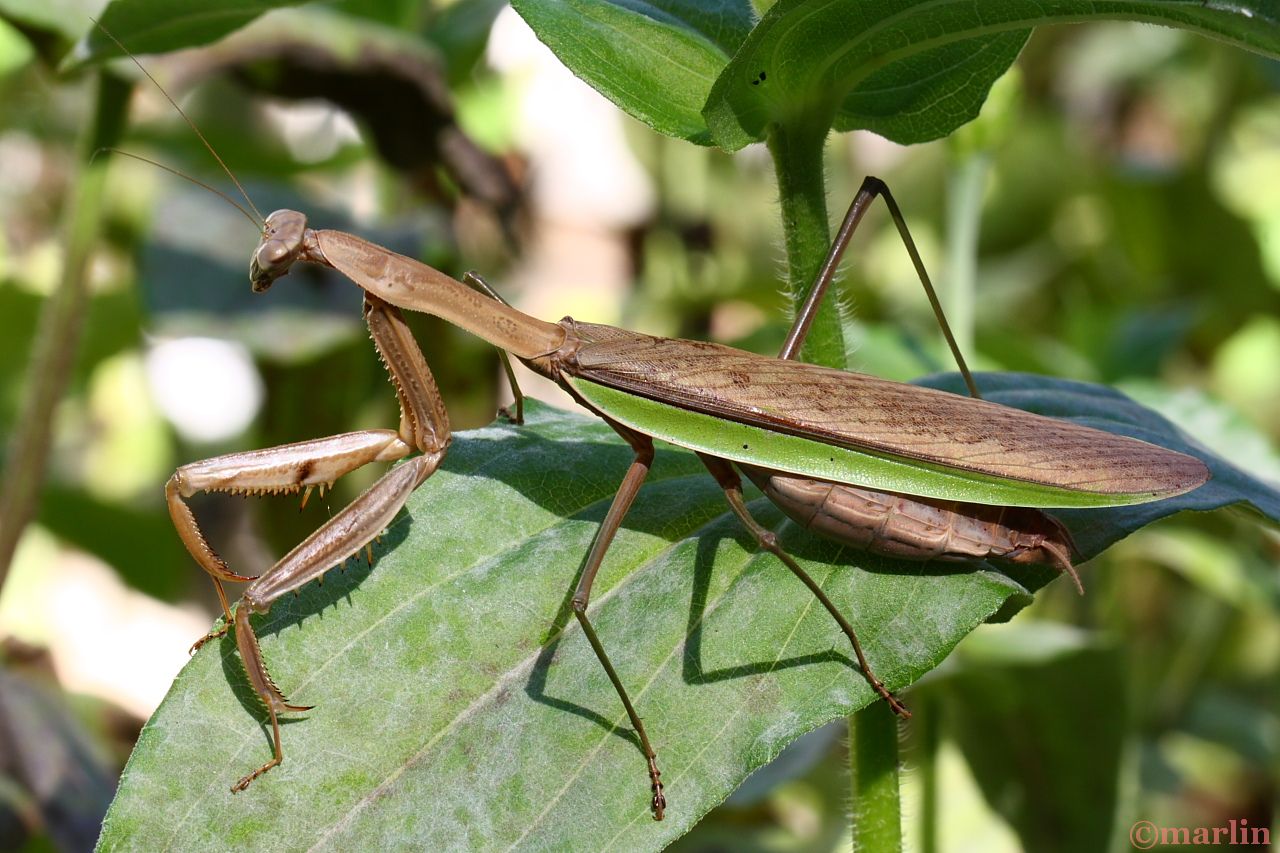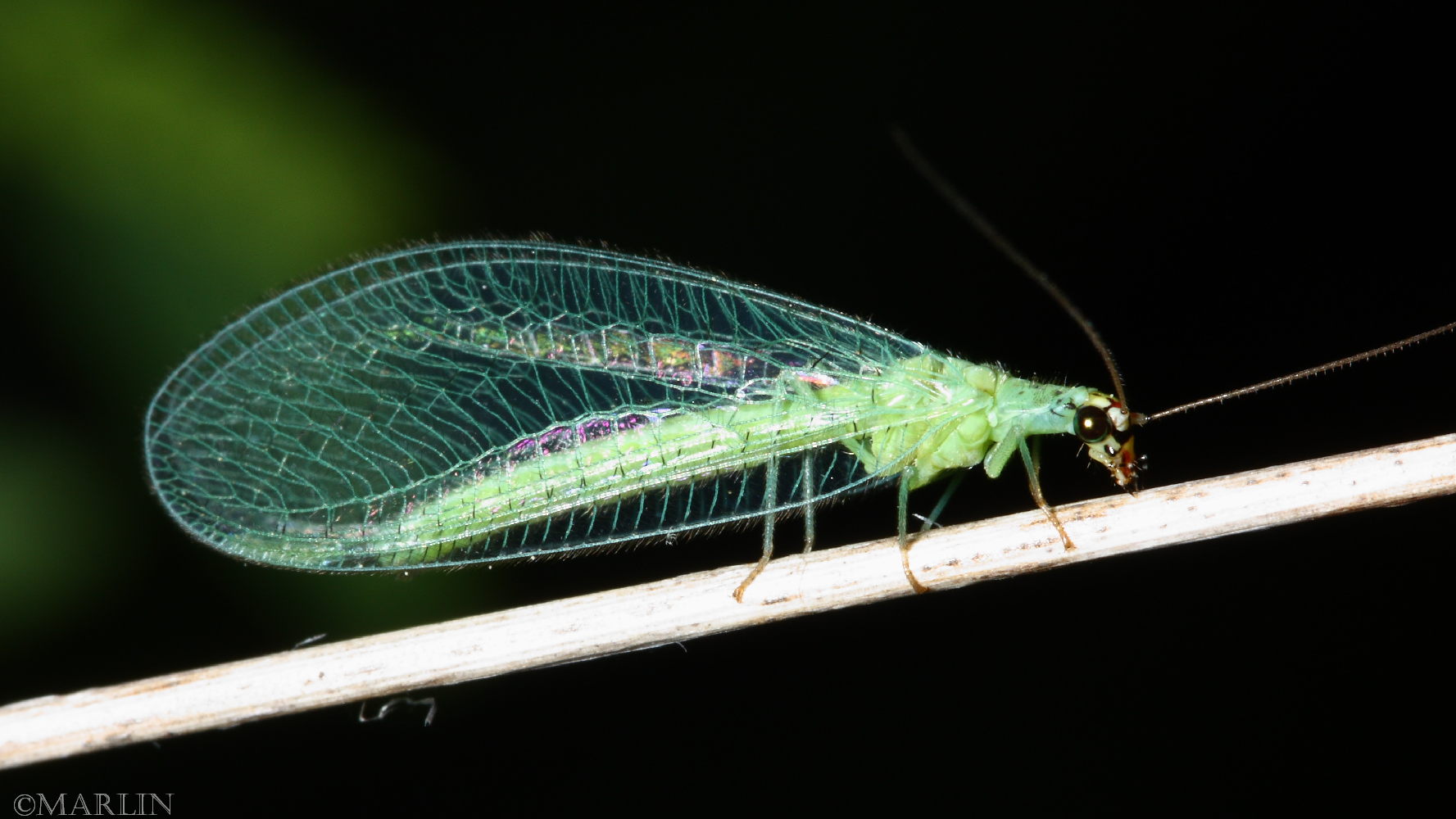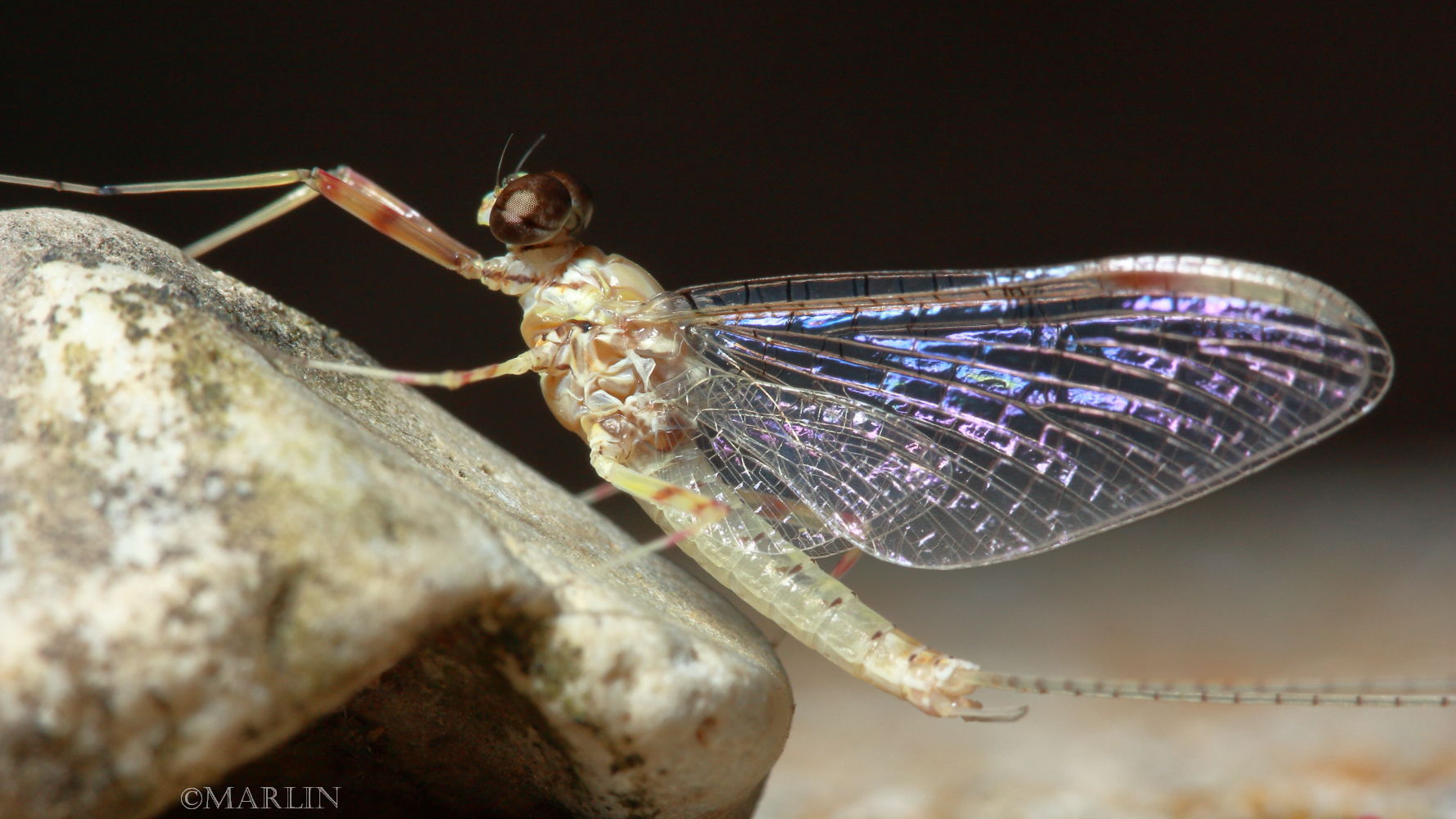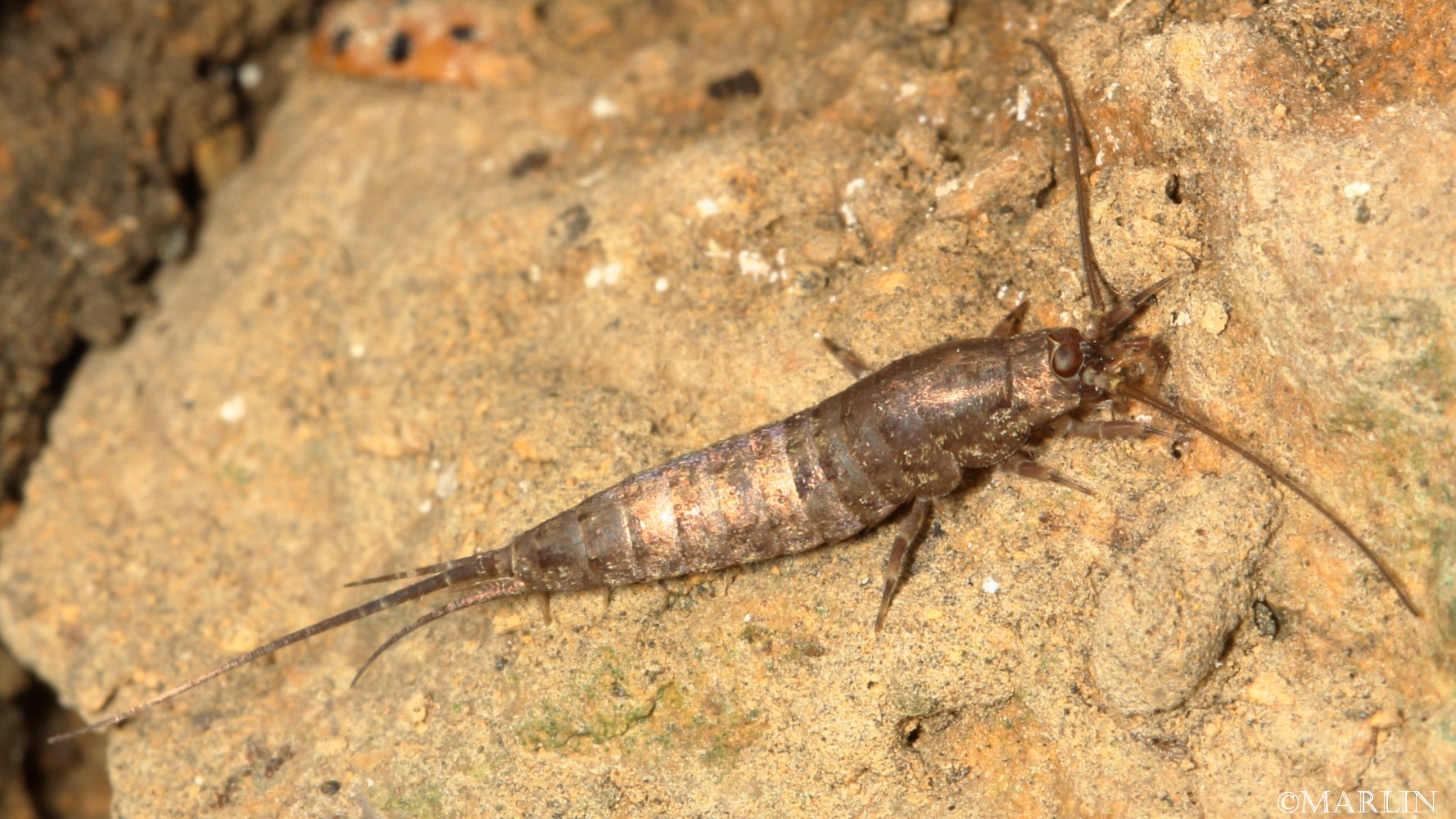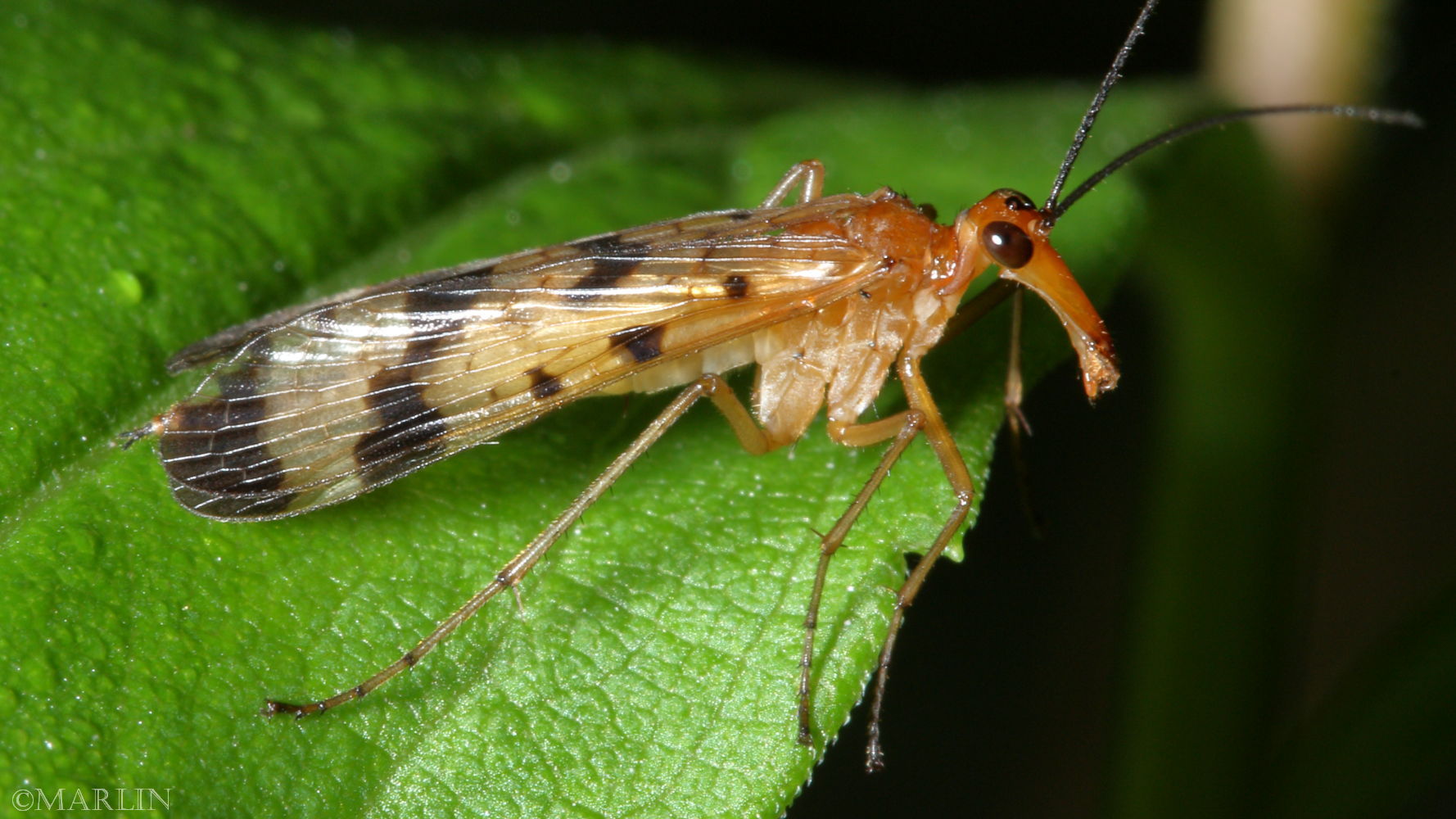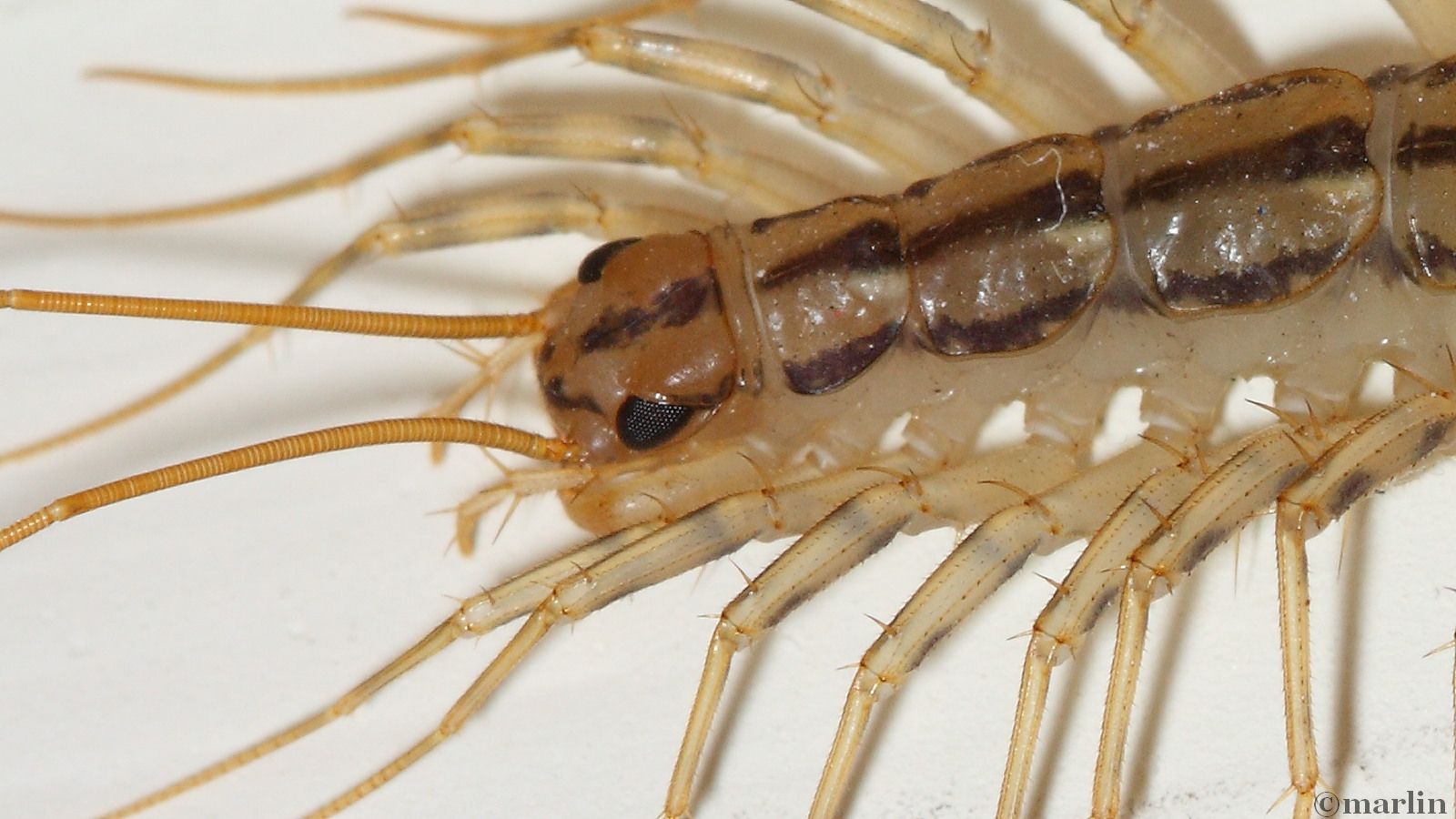North American Insects & Spiders
Spiders are the largest group of arachnids. They are easily recognized by their eight legs, and there are few creatures great or small that elicit such irrational fear in mankind. The vast majority of spiders are completely harmless. Spider Index
Hymenoptera: Bees, Wasps, & Ants belong to this large order, which also includes sawflies. Most species are solitary, but some, such as the domestic honeybee, exhibit a complex social structure in which exist sterile female workers and fertile male and female royalty.
Hymenoptera (Latin for “membrane wing”) is a vast assemblage of insects second only to Coleoptera (beetles) in the number of described species.
Rove Beetle Ontholestes cingulatus
Coleoptera: Beetles are the dominant form of life on earth: one of every five living species is a beetle. Coleoptera is the largest order in the animal kingdom. There are about 450,000 species of beetles, 30,000 of which live in North America. Beetles Index
Lepidoptera: Butterflies are revered for their brightly colored wings and pleasing association with fair weather and flowers. Lepidoptera comprises at least 125,000 known species including 12,000 in America north of Mexico. -Butterfly Index-
Skipper Butterflies might be one family that come as a surprise to many people. These speedy, feisty creatures will have you cheering for more!
Lepidoptera: Moths. Unlike butterflies, moths are usually nocturnal. Many moths and their caterpillars are major agricultural pests in large parts of the world. Moths Index-
Diptera: Flies are prevalent in virtually all habitats, with over 16,000 species in North America.
Flies are distinguished from all other insects in that they only have one pair of normal wings. Flies Index
Orthoptera: Grasshoppers, katydids and crickets have long, powerfully muscled hind legs that they use for jumping. Orthoptera Index
Hemiptera: True Bugs species number almost 5,000 in North America, and 40,000 worldwide. -Bugs Index-
Dictyoptera: Mantids and cockroaches. Mantids have triangular heads with huge compound eyes, and prominent forelegs, with strong mouthparts that can cut through even heavily armored insects. Both genders use their exquisite camouflage and ability to remain motionless to lie in wait and ambush unwary prey.
Neuroptera: Lacewings in this order have many veins and cross veins in their four transparent wings. There are only 338 species in North America.
The order includes lacewings, antlions, mantidflies, and spongilla flies.
Ephemeroptera: Mayfly adults survive only a few hours or at most a few days. They eat nothing, nor do they crawl or walk. They only fly and mate, sometimes in swarms so large they show up on weather radar.
Archaeognatha: Bristletails There are about 22 species of bristletail in 12 genera in 2 families in North America, with 350 species worldwide. Often confused with silverfish, bristletails are not found indoors.
Mecoptera – Scorpionflies, hangingflies and allies. Scorpionflies do not sting or bite. They spend most of their time hunting small soft-bodied insects or scavenging on fruit, dead insects and bird droppings.
Mecopterans have changed little from fossils 250 million years old, and entomologists consider now-extinct members of this order to be ancestors of modern flies, butterflies, and moths.
Classes Diplopoda (Millipedes) and Chilopoda (Centipedes)
Millipedes do not bite, pinch or sting, but may emit foul-smelling or irritating defensive chemicals.
The house centipede pictured here is considered harmless to humans or their pets. Size: Body = 25mm, overall = 7cm.
Tree Encyclopedia
Explore over 3,000 large pictures in more than 450 species, with leaves, bark and form detailed.
